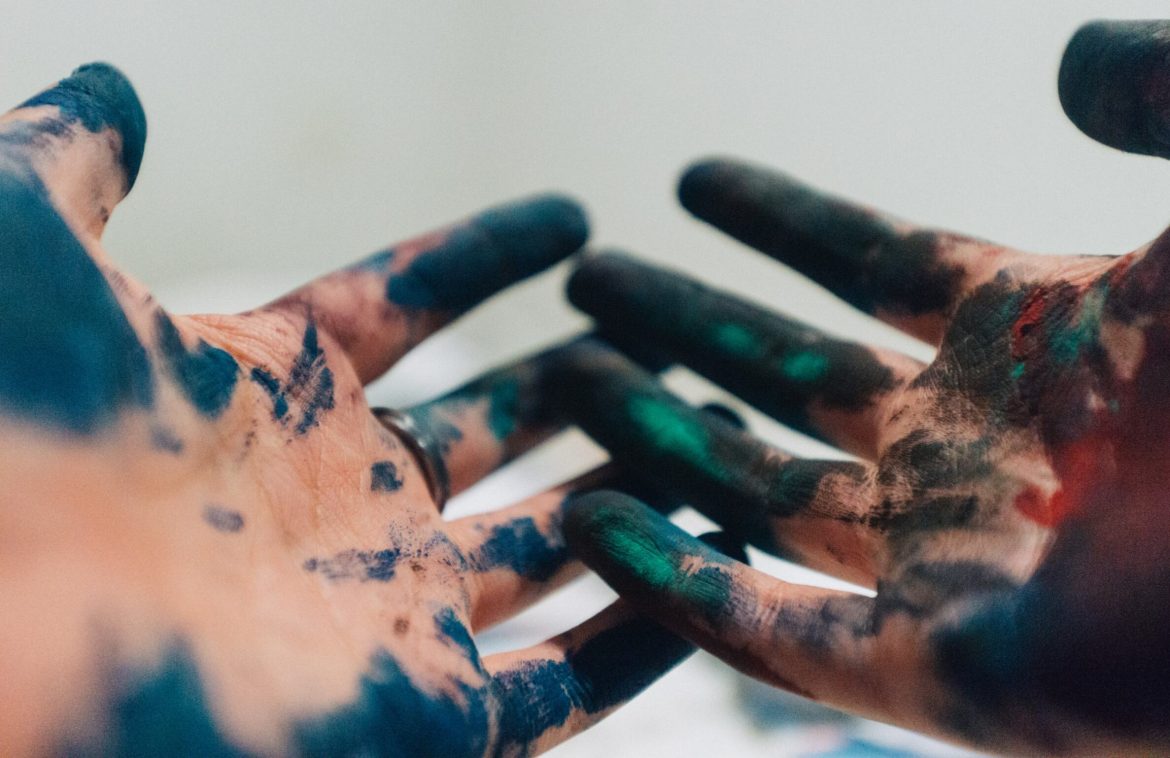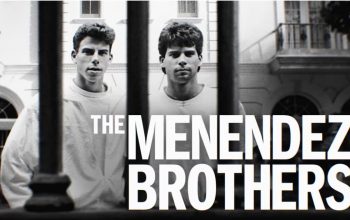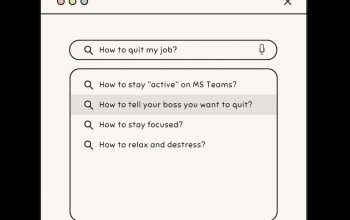Photo Credit: Amauri Mejia, Unsplash
The Jens Haaning paradox: Is art a crime? Is crime an art?
Josephine Murphy, Opinion Editor
In the world of art, the boundaries of creativity and controversy often blur. The most recent case involved Danish artist Jens Haaning and his project titled “Take the Money and Run.” Haaning’s task was to create artwork for the Kunsten Museum of Modern Art using $84,000 worth of banknotes as his medium. His work was to be displayed as part of the museum’s new exhibit called Work It Out, which focuses on individuals’ relationship with work. However, instead of fulfilling this expectation, he gave the museum two empty frames and, quite literally, took the money and ran. Haaning argues that his action is a commentary on low wages, and states that his behavior is an act of artistic expression.
As spectators, we’re left wondering: was Haaning’s act a clever subversion of expectations, or did he truly steal the money under the guise of artistry? Can Haaning’s project be considered a legitimate artistic statement?
Arguably, in more ways than one, Haaning did create a piece of art.
In a general sense, almost anything executed well can be art. We talk about the art of leadership, the “subtle art of not giving a #@%!,” the art of seduction, and the art of war. Then there’s the art of deception, of money-making, of finesse, and of storytelling. Haaning simultaneously checked off all four. He deceived, profited, finessed, and wove a narrative all at once. He pocketed $84,000 without orchestrating an elaborate heist and made headlines around the world. If there’s a manual on that art, I’d like to read it.
His piece is a parody, and parodies, too, fall within the realm of art. It’s almost a satire of the art community itself. If you tried to sell a blank canvas to the average person, they’d think you were crazy. But place that same canvas within a museum, attach a little sign with a title and the name of an up-and-coming artist, and art enthusiasts come flocking like sheep. Considering that the museum decided to include Haaning’s piece in their exhibit, I’d say I’m not too far off.
His piece is a reflection on how what we consider art can sometimes be ridiculous. Take, for example, St. Mike’s triangular stainless-steel statue of St. Michael. It looks more like Dracula’s cape or a paper plane than it does an angel. But it’s also a reminder that art is a matter of perception and the value and interpretation of art can vary widely from person to person.
If we adopt the perspective of the connoisseur, we might find an intriguing message within Haaning’s “creation.” As the museum’s CEO himself commented, “The new work reminds us that we work for money.” And I would add, it also reminds us that we shouldn’t live to work.
We need to be able to delineate a clear boundary between our personal and professional lives. Often, individuals find themselves trapped in professions that fail to reward their efforts adequately or demand unreasonable sacrifices. Haaning’s unorthodox approach suggests that while we should never compromise our morals, it’s occasionally wise to push the boundaries of conventional expectations. If what’s being asked of you doesn’t align with your values or vision, consider exploring alternative paths. While there may be consequences, there may also be unexpected rewards.
In essence, we might draw two lessons from Haaning. First, re-evaluate your approach to work and consider whether your professional pursuits align with your values and aspirations. And second, work smarter, not harder. Or, in Hanning’s words, “Take the Money and Run.”




